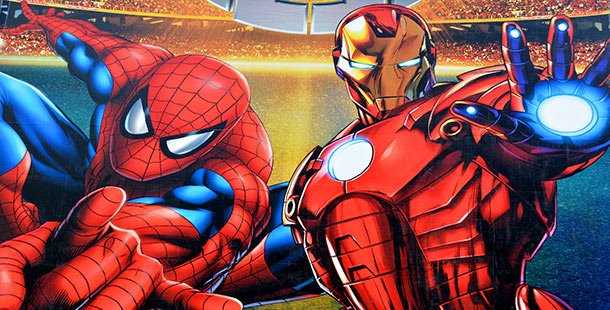Prehistoric times contained some of the largest and most terrifying predators to have ever roamed the earth. Some relied on raw strength and speed while others utilized the element of surprise to satisfy their hunger. Despite these two dissimilar styles of hunting, each of these predators shared a common characteristic: they reigned as one of the top hunters of their time. These 25 amazing prehistoric predators had their own particular ways of hunting that kept them at the top of the food chain.

Megalania
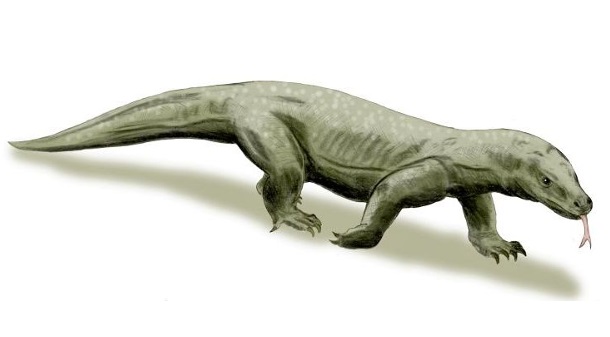 commons.wikimedia.org
commons.wikimedia.org Megalania is currently the largest known terrestrial lizard to have ever existed. It was believed to have had toxin-secreting glands located in its mouth, causing it to be slightly venomous.
Titanoboa
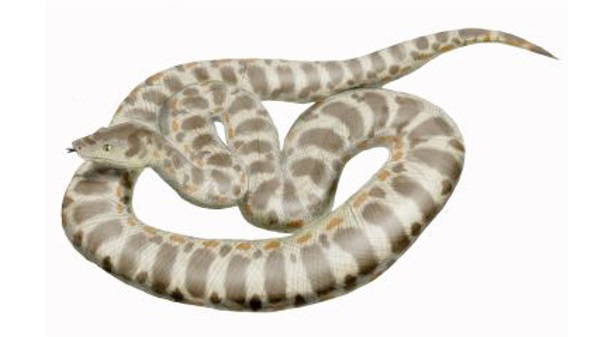 en.wikipedia.org
en.wikipedia.org Titanoboa, meaning “titanic boa,” currently holds the crown of the largest snake that has ever lived. Believed to have reached lengths of up to 50 feet, it would clamp down on its target, wrap its body around its prey, and constrict it to death.
Sarcosuchus
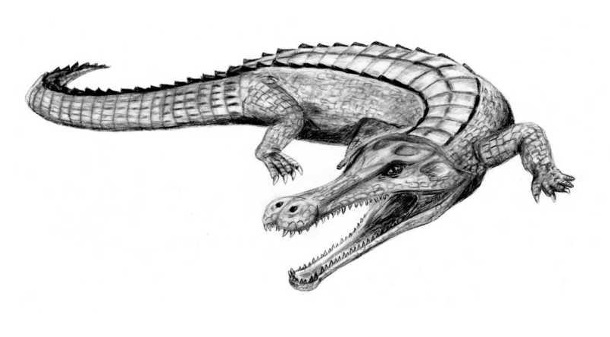 en.wikipedia.org
en.wikipedia.org Sarcosuchus was similar to that of a crocodile in that it spent much of its time lying in wait almost completely submerged in water. It was not picky with its choice in prey as it waited to ambush any unsuspecting prey that it was capable of overwhelming.
Smilodon
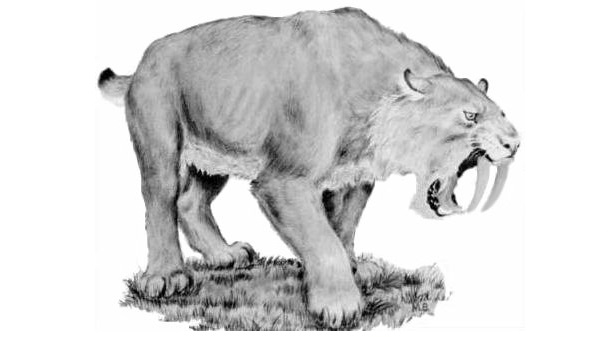 commons.wikimedia.org
commons.wikimedia.org Smilodon, commonly referred to as the sabre-toothed tiger, is known for its two extremely long canines. It was believed to have relied on ambush techniques, overpowering large herbivores and sinking its canines into its prey in order to strike vital organs.
Pterygotus
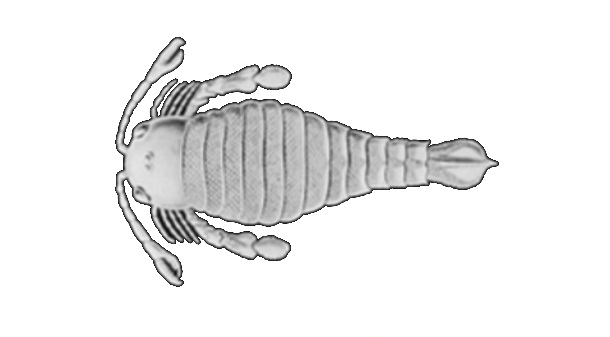 nl.wikipedia.org
nl.wikipedia.org Despite its small size relative to many other prehistoric predators, Pterygotus was a top hunter in shallow sea waters. It relied on surprise attacks to catch its prey. It buried itself in sand and waited for an unsuspecting fish to swim by before seizing it with its claws.
Cameroceras
 commons.wikimedia.org
commons.wikimedia.org Cameroceras relied on its sense of smell to hunt for prey within the dark depths of the ocean. Like a squid, it grasped its prey tightly with its tentacles before crushing it to pieces with its sharp beak.
Plesiosaurus
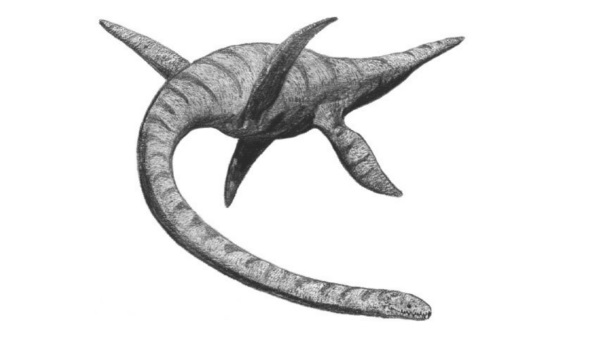 en.wikipedia.org
en.wikipedia.org Plesiosaurus was recognizable by its tiny head, long neck, and stocky body. Despite not having the ideal physical gifts of a top predator, it still made meals out of a variety of fish and cephalopods.
Thylacoleo
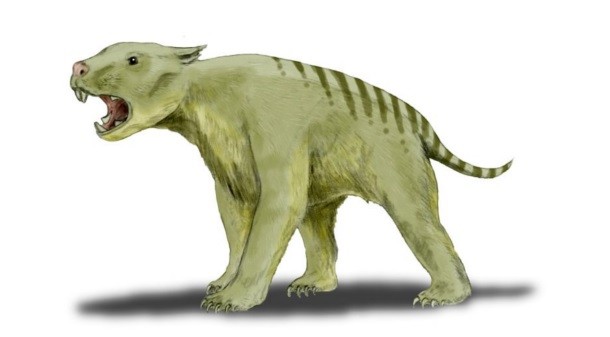 en.wikipedia.org
en.wikipedia.org Despite its name meaning “pouch lion,” Thylacoleo was actually a carnivorous marsupial. It was thought to have killed its prey and dragged the carcass into trees using its strength, strong jaws, and sharp claws.
Giganotosaurus
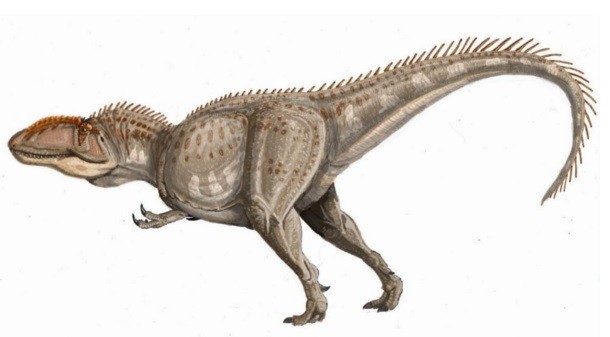 en.wikipedia.org
en.wikipedia.org Giganotosaurus was large and fast, but when compared to similar prehistoric predators, it was significantly lacking in biting power. This still did not prevent it from being a top predator during its time.
Basilosaurus
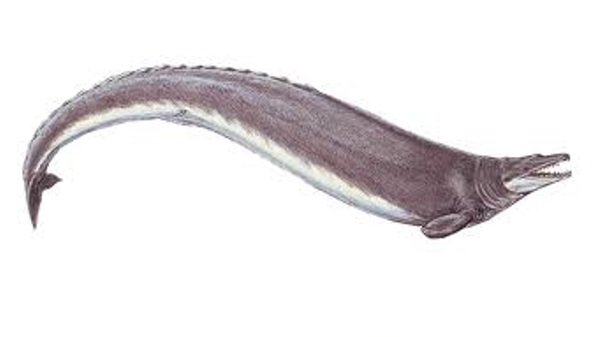 commons.wikimedia.org
commons.wikimedia.org Basilosaurus had extremely small fins when compared to the rest of its body, and paleontologists believed it propelled itself through the water in a way similar to that of an eel. Despite its shortcomings, this did not stop it from making a meal out of sharks and fish.
Gorgonops
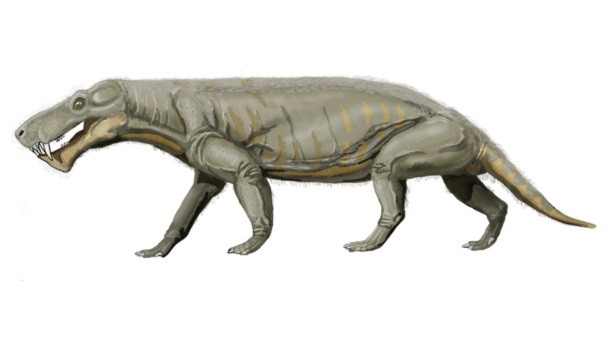 en.wikipedia.org
en.wikipedia.org Gorgonops was recognized by having two very large canines similar to that of the sabre-toothed cats, and it used these teeth in a similar fashion to pierce the thick hides of some of its prey. The position of its legs directly below its body also allowed it to chase its prey at higher speeds.
Dakosaurus
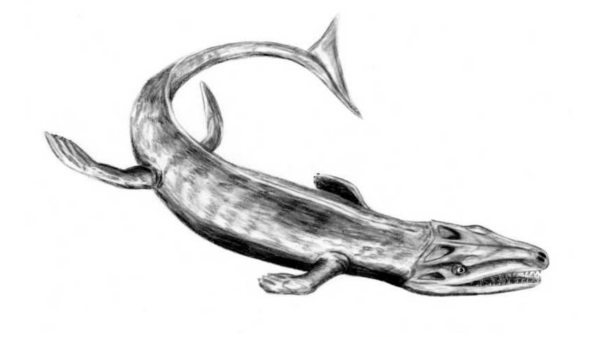 en.wikipedia.org
en.wikipedia.org Dakosaurus, whose name means “biter lizard,” dominated shallow seas during the late Jurassic and early Cretatceous periods. Its narrow jaw and jagged teeth were believed to have been used to tear chunks of meat off its prey.
Tyrannosaurus
 en.wikipedia.org
en.wikipedia.org Arguably the most well-known genus of dinosaurs, Tyrannosaurus was known for its massive skull and tiny forelimbs. Its keen eyesight and sense of smell allowed it to survive as both a scavenger and a predator.
Ornithosuchus
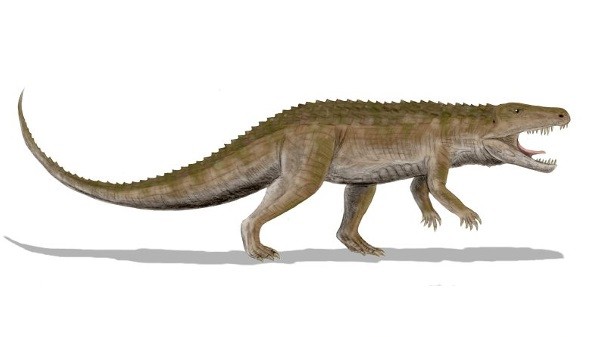 fr.wikipedia.org
fr.wikipedia.org Ornithosuchus, whose name means “bird crocodile,” had a similar build and features of a crocodile. Unlike a crocodile, it was able to run solely on its hind legs which would have allowed it to sprint at a much faster pace.
Megalodon
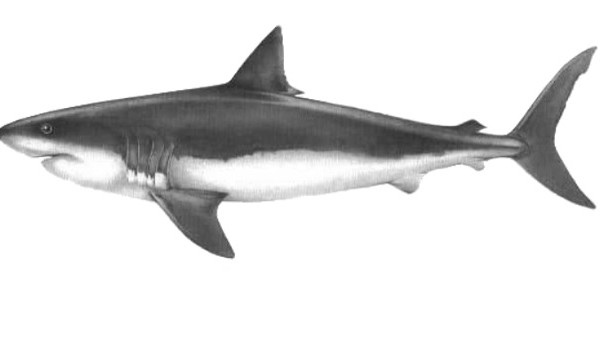 hu.wikipedia.org
hu.wikipedia.org Comparable to the great white shark, Megalodon was one of the most fearsome marine predators that has ever roamed the seas. Its size, power, and speed allowed it to dominate the oceans. It’s diet consisted primarily of large prehistoric whales, as well as anything else that it could manage to catch.
Kronosaurus
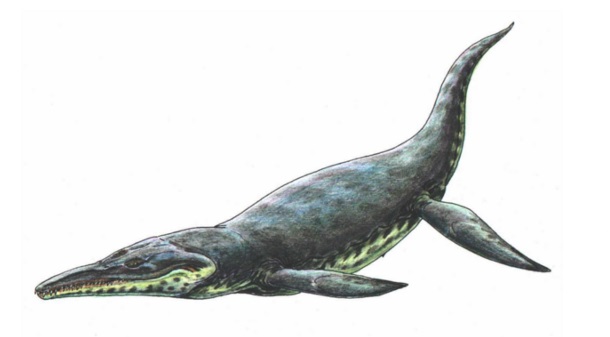 en.wikipedia.org
en.wikipedia.org Kronosaurus used its strength and power to quickly swim through the oceans with ease. It was believed to have sought plesiosaurs and sea turtles to satisfy its appetite.
Carnotaurus
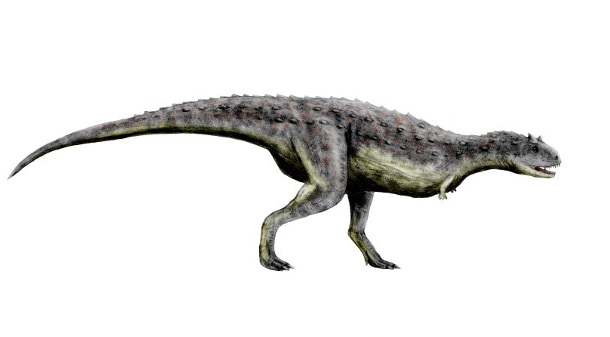 hu.wikipedia.org
hu.wikipedia.org Carnotaurus gets its name, which means “meat-eating bull,” from the two distinct horns on its head. It relied on quick, successive attacks to wear down its prey.
Liopleurodon
 de.wikipedia.org
de.wikipedia.org Liopleurodon, whose name means “smooth-sided tooth,” had a body built to achieve a quick burst of speed. This allowed it to quickly get the jump on its prey with little time for reaction.
Utahraptor
 commons.wikimedia.org
commons.wikimedia.org As you could expect from its name, Utahraptor was discovered in the state of Utah. One of its key features is the large second toe on each of its hind legs. It used this toe as a weapon to gash, eviscerate, and rip apart its prey.
Allosaurus
 en.wikipedia.org
en.wikipedia.org Allosaurus, meaning “different lizard,” had a tough skull but small teeth. This lead paleontologists to believe that it swung its upper jaw down like a hatchet when attacking its prey.
Quetzalcoatlus
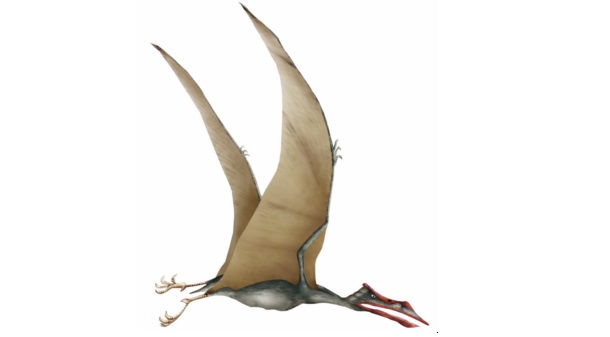 fi.wikipedia.org
fi.wikipedia.org With a wingspan of over 30 feet, Quetzalcoatlus was one of the largest flying animals of all time. Most recent findings suggest that it had similar feeding habits to that of herons and storks. Paleontologists believed it landed on the ground in order to seek terrestrial creatures.
Tylosaurus
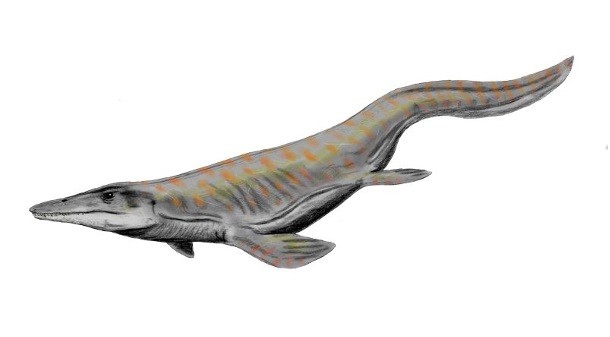 commons.wikimedia.org
commons.wikimedia.org Tylosaurus was a large oceanic predator that resembled an aquatic lizard. It was believed to have used its blunt snout to smash into and stun its prey, leaving its meal floating helplessly in the water.
Koolasuchus
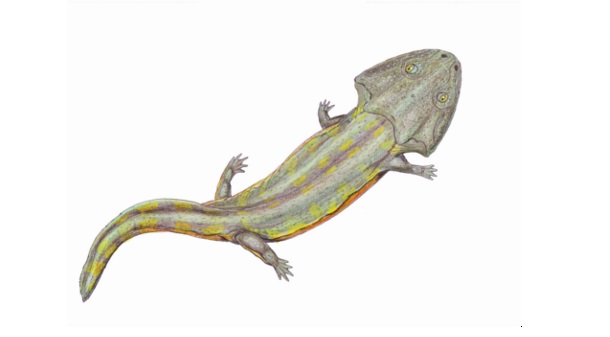 en.wikipedia.org
en.wikipedia.org Koolasuchus was a large amphibian that had a massive head. It spent its time in aquatic environments hunting for fish, shellfish, and even small mammals that came near the water’s edge for a drink.
Spinosaurus
 en.wikipedia.org
en.wikipedia.org Spinosaurus is mostly recognized by its unique assortment of physical features such as a long, slender skull and a “sail” going down its spine. Paleontologists believe that it used its elongated jaw to primarily hunt for fish and other smaller terrestrial prey.
Dunkleosteus
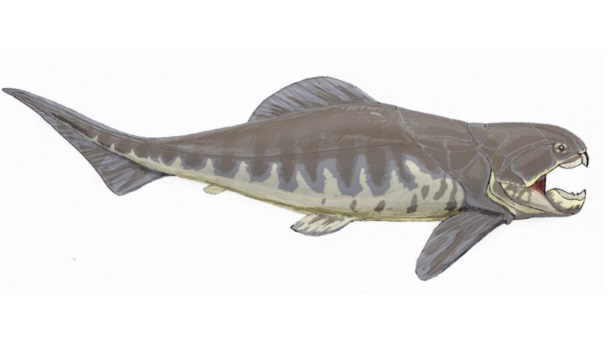 es.wikipedia.org
es.wikipedia.org Dunkleosteus was a unique marine predator in that it did not have any teeth. Instead, it had bony plates which turned its mouth into a beak similar to that of a sea turtle. This allowed it to seek prey that generally relied on a layer of reinforced skin to protect them from predators.







